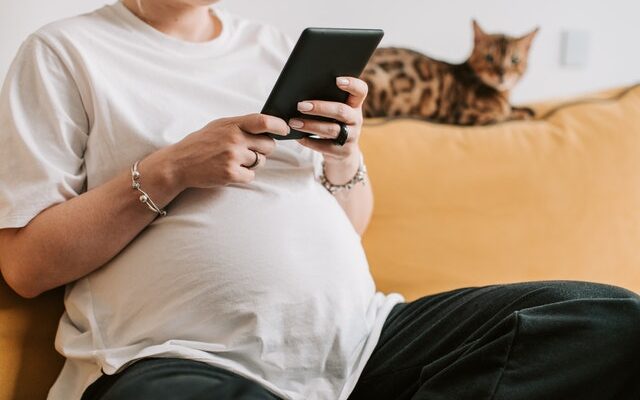Vulvar varicosities are swollen veins in the vulva, the area surrounding the female genitalia. This condition occurs when blood pools in the veins and causes them to enlarge, resulting in discomfort and visible swelling. Vulvar varicosities are common during pregnancy, but can also occur in women who are not pregnant. Symptoms of vulvar varicosities may include:
- Aching or throbbing in the affected area
- Swelling in the vulva
- Itching or burning sensations
- Visible veins in the vulva
- Discomfort or pain during sexual activity
If you are experiencing symptoms of vulvar varicosities, it’s important to seek medical advice. Treatment options may include compression stockings, lifestyle modifications, and in some cases, minimally invasive procedures. Your doctor can recommend the best course of treatment for you based on the severity of your symptoms and any underlying health conditions.
What Causes the Formation of Varicose Veins on Your Vagina?
There are several factors that can contribute to the formation of varicose veins on the vulva or vagina. Some of the most common causes include:
Pregnancy: Increased blood flow and pressure on the pelvic veins during pregnancy can lead to the formation of varicose veins in the vulva or vagina.
Hormonal changes: Changes in hormones during menopause, menstrual cycles, and pregnancy can contribute to the formation of varicose veins.
Genetics: A family history of varicose veins can increase your risk of developing the condition.
Aging: As we age, the walls of our veins may become weaker and less effective at circulating blood, which can increase the risk of developing varicose veins.
Obesity: Excess weight can place additional pressure on the veins in the legs and pelvic area, which can lead to the formation of varicose veins.
Prolonged standing or sitting: Spending long periods of time standing or sitting can increase the risk of developing varicose veins by reducing blood flow and putting additional pressure on the veins.
It’s important to keep in mind that these factors may interact and contribute to the development of vulvar varicosities in different ways. If you are experiencing symptoms of vulvar varicosities, it’s important to seek medical advice to determine the underlying cause and determine the best course of treatment.
What is the Standard Treatment for Vulvar Varicosity?
The standard treatment for vulvar varicosities will depend on the severity of your symptoms and the underlying cause of the condition. Some common treatments include:
- Compression stockings: Wearing compression stockings can help to improve circulation in the legs and reduce swelling in the vulva. They work by applying gentle pressure to the affected area and promoting blood flow.
- Lifestyle modifications: Making changes to your lifestyle, such as reducing your salt intake, staying active, and maintaining a healthy weight, can help to improve blood flow and reduce swelling.
- Elevating the legs: Elevating your legs can help to improve circulation and reduce swelling. This can be done by lying down and placing a pillow under your legs, or by using a footrest while sitting.
- Ice packs: Applying ice packs to the affected area can help to reduce swelling and relieve discomfort.
- Medications: In some cases, medications may be prescribed to relieve pain and discomfort.
- Minimally invasive procedures: If your vulvar varicosities are severe or causing significant discomfort, your doctor may recommend a minimally invasive procedure, such as sclerotherapy or laser treatment, to shrink the veins and improve blood flow.
It’s important to keep in mind that everyone’s treatment plan will be different and that the best course of action will depend on your individual needs and circumstances. Your doctor can help to determine the most appropriate treatment for you.










